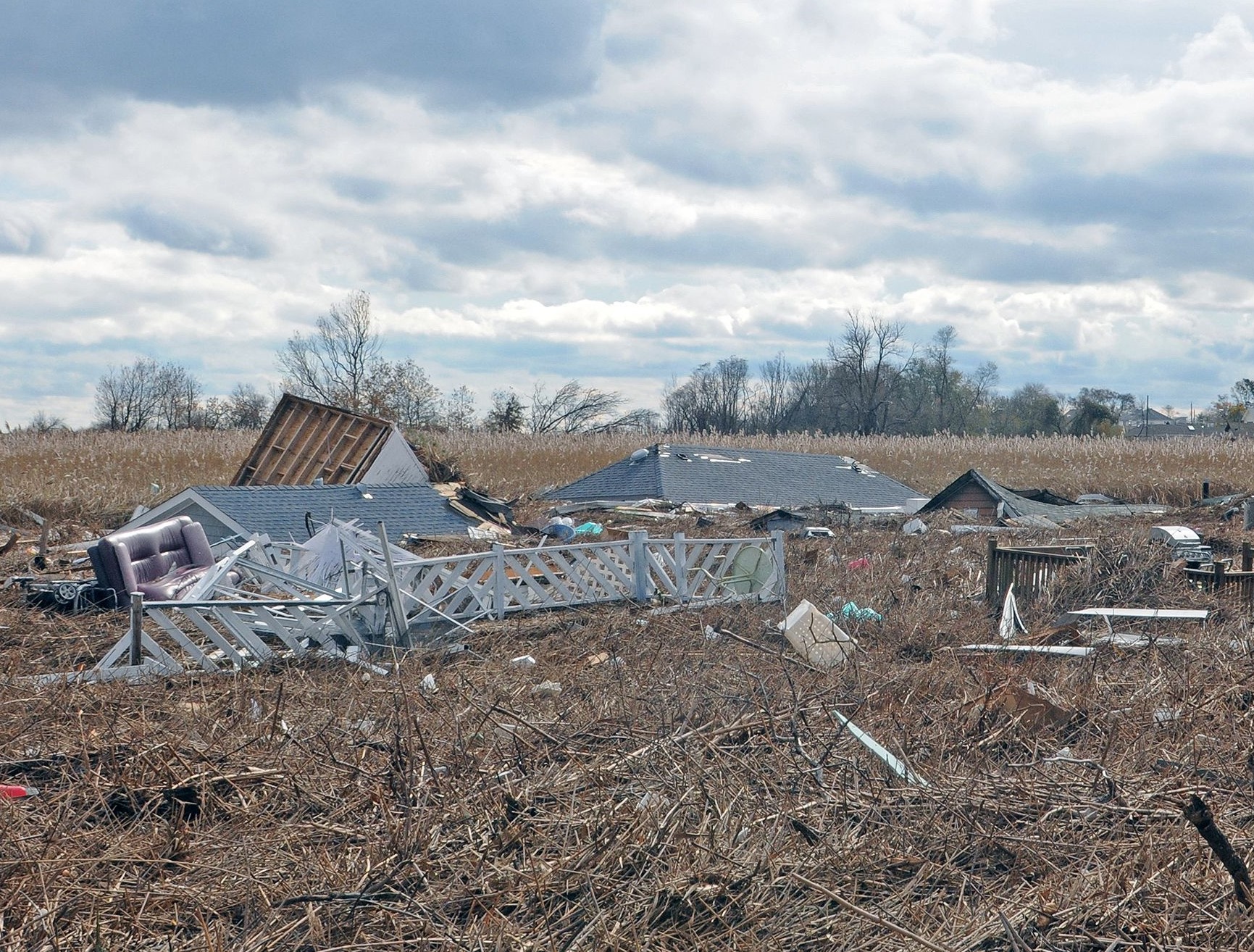City Eyes New Push to Buy Out Flood-Prone Houses

 This article was originally published on by THE CITY.
This article was originally published on by THE CITY.
The de Blasio administration wants Congress to fund a voluntary buyout program modeled on efforts launched after Superstorm Sandy, which hit nine years ago this week. The devastation wrought Sept. 1 by Ida has spurred calls to re-up the “managed retreat” strategy.
When Patricia Snyder’s oceanside bungalow was demolished, relief washed over her like a wave.

Brooklyn Boro
View MoreNew York City’s most populous borough, Brooklyn, is home to nearly 2.6 million residents. If Brooklyn were an independent city it would be the fourth largest city in the United States. While Brooklyn has become the epitome of ‘cool and hip’ in recent years, for those that were born here, raised families here and improved communities over the years, Brooklyn has never been ‘uncool’.